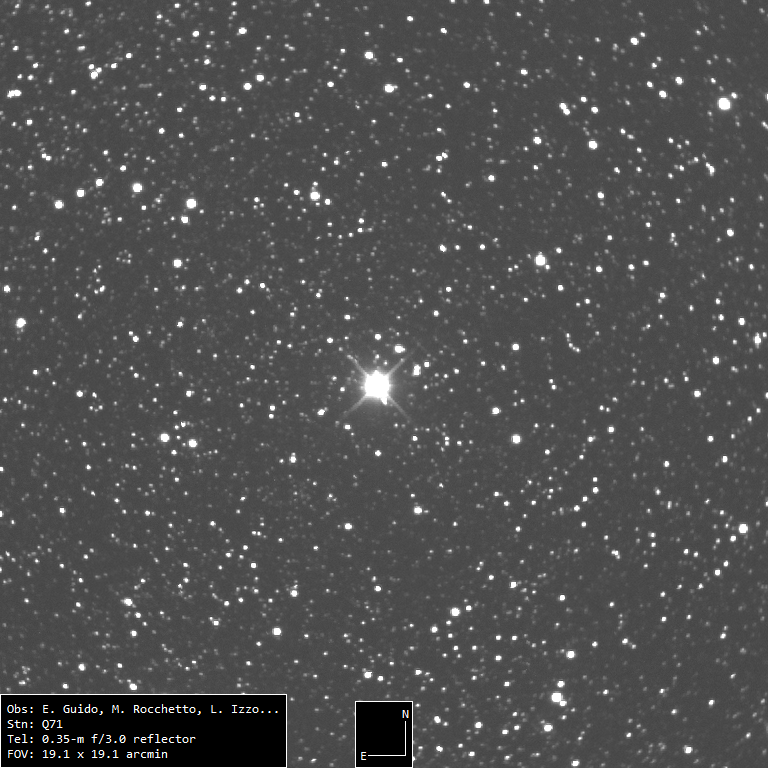Now Reading: Nova outburst in Centaurus
-
01
Nova outburst in Centaurus
Nova outburst in Centaurus

by Mark Armstrong
There’s a ‘new’ star in the constellation of Centaurus. A nova dramatically appeared on 22 September, discovered by John Seach of Grafton, Australia.

The nova is easy to find, located just 1.5 degrees north of brilliant alpha Centauri (R.A. 14h 37m 22s and declination –58° 47′ 40”), and initial reports have it at magnitude +5.8, just visible with the naked eye.
Novae are short-lived outbursts from binary star systems in which gas piles up onto a white dwarf from a companion star, igniting a thermonuclear reaction on the white dwarf.
Centaurus is well placed in the south-western sky at nightfall from equatorial regions and farther south. Typically, novae brighten in the first few days, so observations are strongly encouraged.
Share your images with us via gallery2025 @ astronomynow . com
Stay Informed With the Latest & Most Important News
-
 01From Polymerization-Enabled Folding and Assembly to Chemical Evolution: Key Processes for Emergence of Functional Polymers in the Origin of Life
01From Polymerization-Enabled Folding and Assembly to Chemical Evolution: Key Processes for Emergence of Functional Polymers in the Origin of Life -
 02Panasonic Leica Summilux DG 15mm f/1.7 ASPH review
02Panasonic Leica Summilux DG 15mm f/1.7 ASPH review -
 03How New NASA, India Earth Satellite NISAR Will See Earth
03How New NASA, India Earth Satellite NISAR Will See Earth -
 04And Thus Begins A New Year For Life On Earth
04And Thus Begins A New Year For Life On Earth -
 05Astronomy Activation Ambassadors: A New Era
05Astronomy Activation Ambassadors: A New Era -
 06Two Black Holes Observed Circling Each Other for the First Time
06Two Black Holes Observed Circling Each Other for the First Time -
07SpaceX launch surge helps set new global launch record in 2024
















